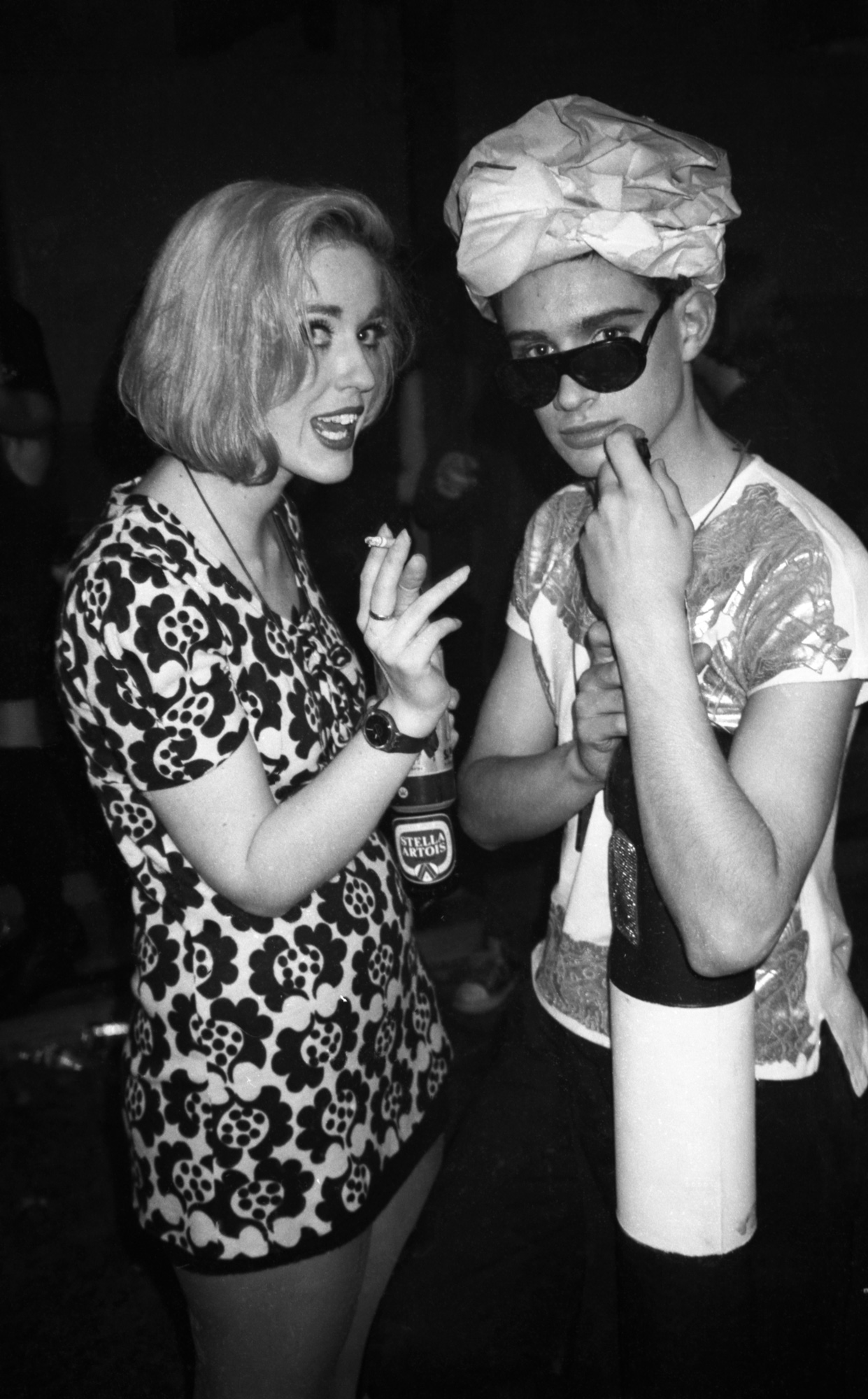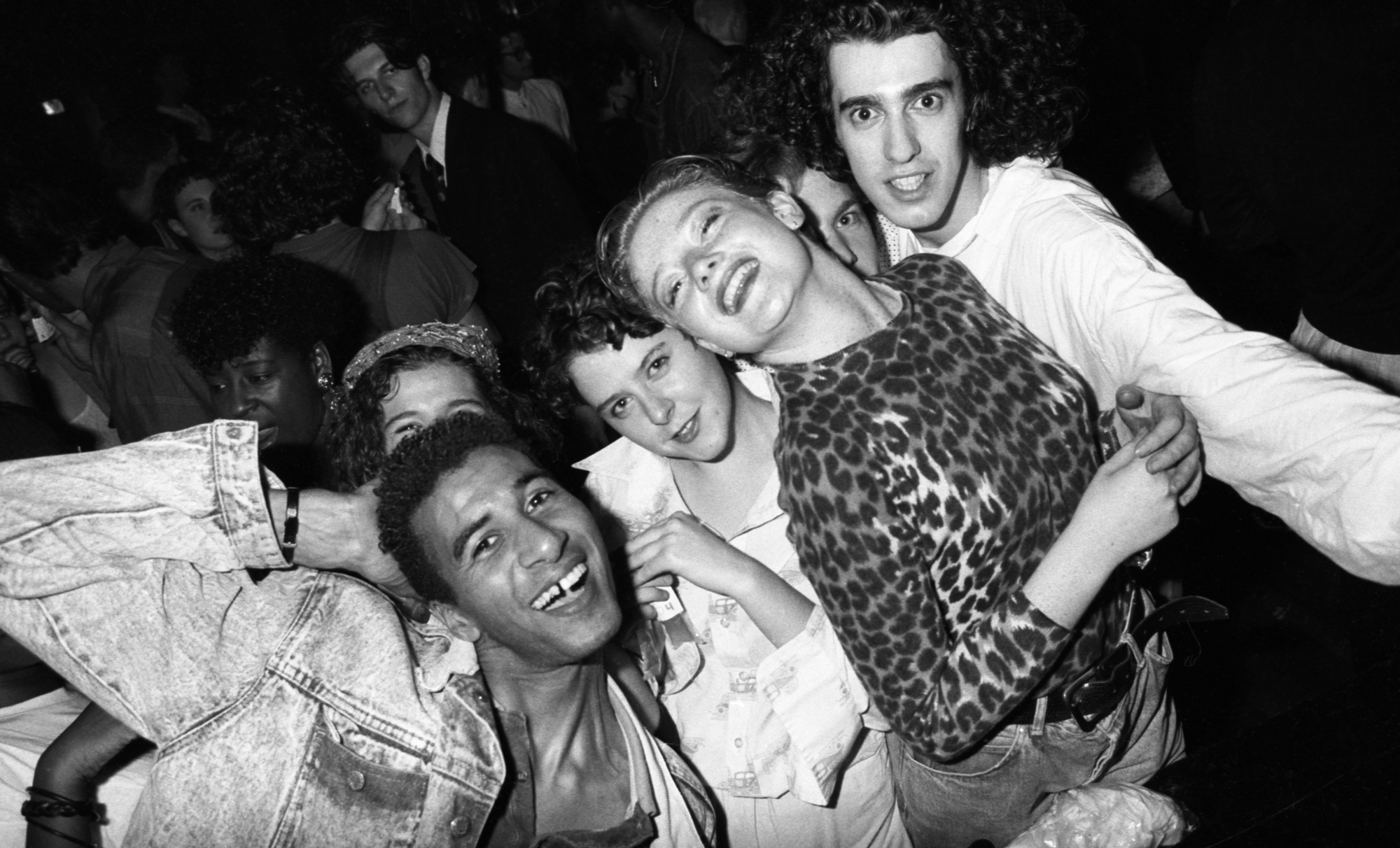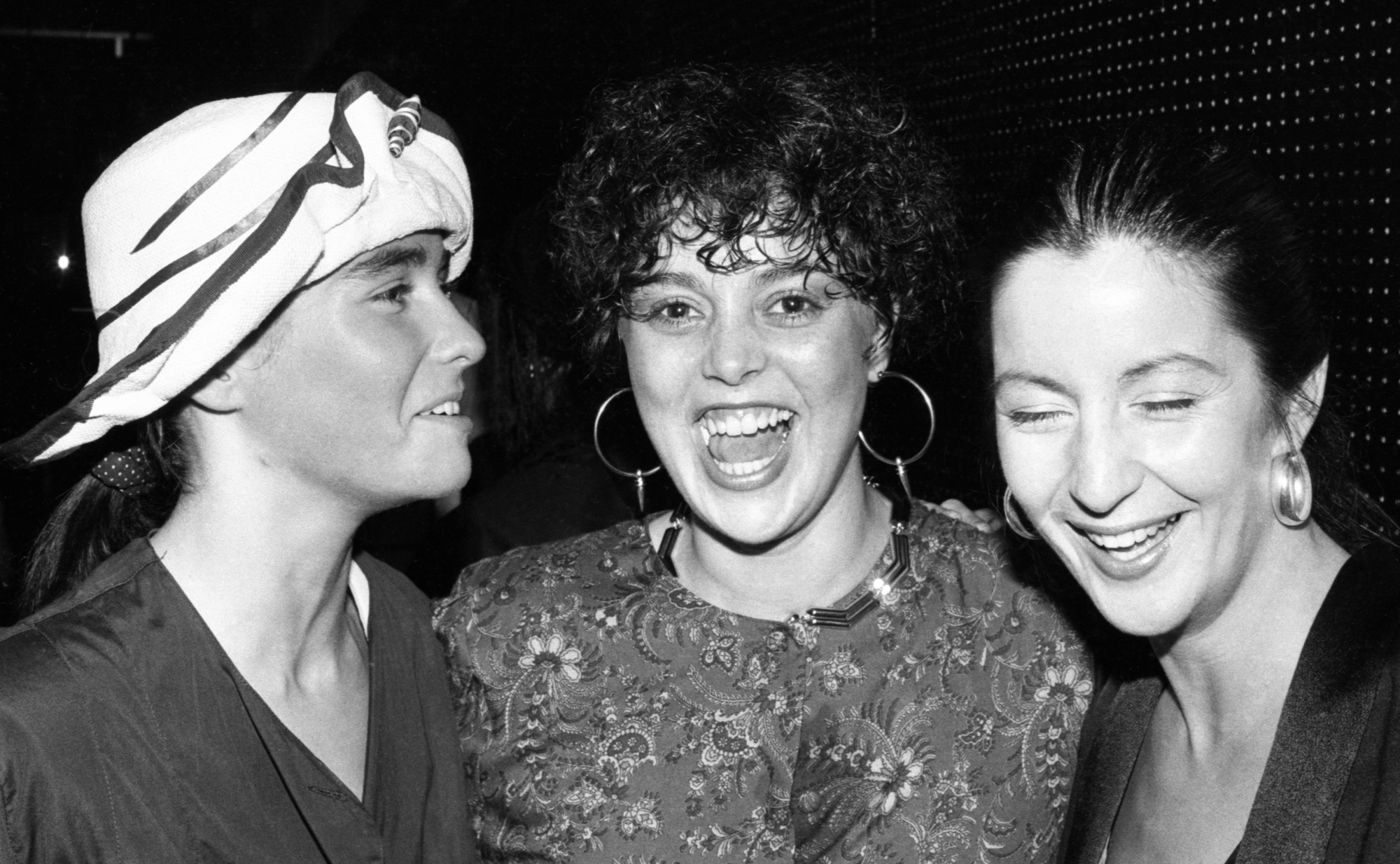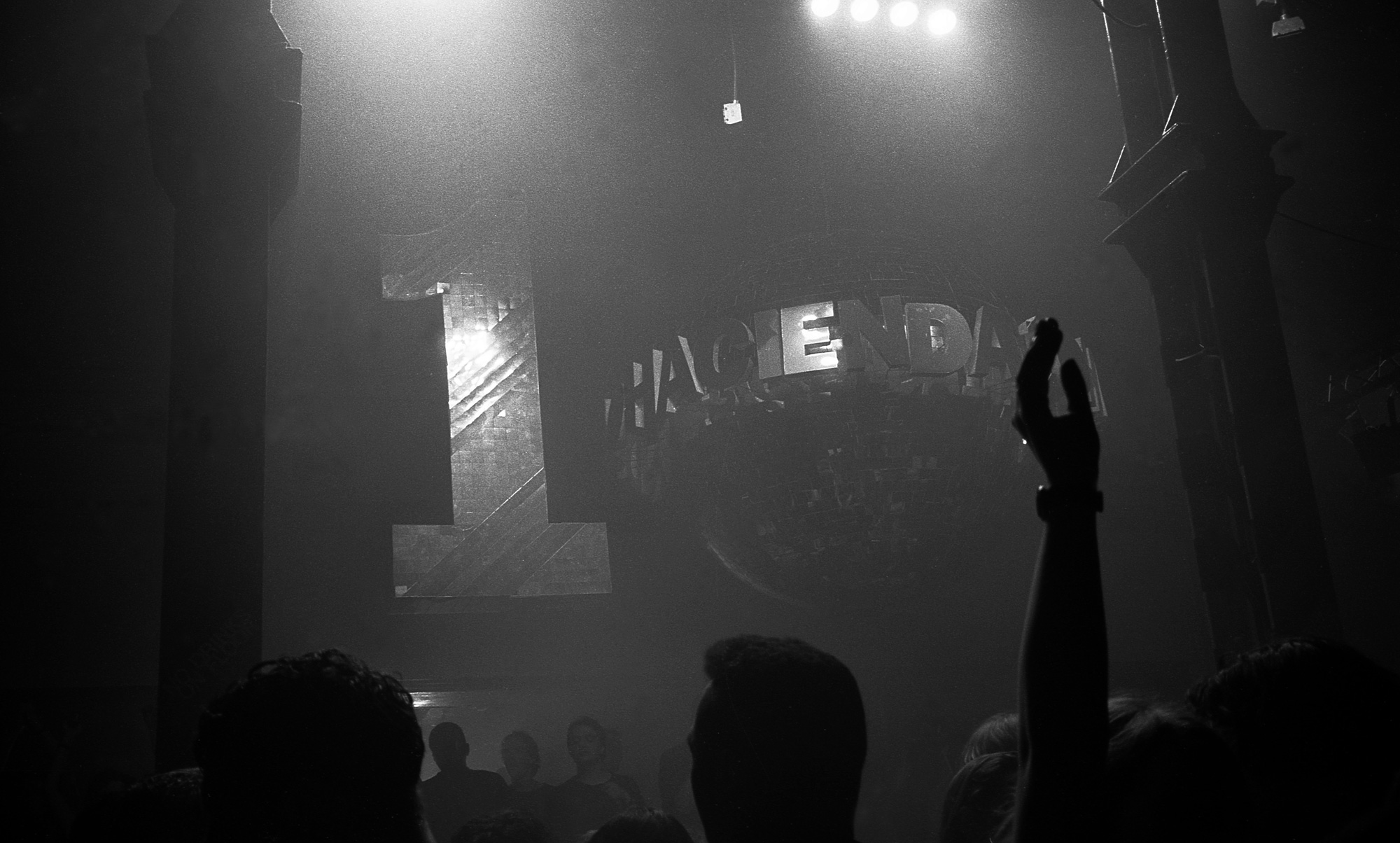Despite 30 years of taking photographs at parties, club nights, gigs, festivals, illegal raves – you name it – Peter J Walsh has never made a book. Until now, that is – this summer, he’s been diving into his archive, scanning negatives and transparencies and making selects from his time at The Haçienda, the beloved Manchester institution open between 1982 and 1997 that catalysed the acid house era and defined Madchester cool. The result is RAVE ONE, a book made with IDEA that’ll have you organising a big night out for this Friday no sooner than you’ve put it down.
The late Tony Wilson, founder and manager of the club (as well as Joy Division and New Order label Factory Records), describes a great night out as a religious experience, and a towering club space as a place of divine worship. I asked Peter, in all his years of experience, if that were true, what made the Hacienda the St. Peter’s Basilica of clubbing. Firstly, “the club’s design was so far ahead of its time,” he says. “Ben Kelly’s references to Manchester’s industrial heritage were inspired and brilliant. Each time you walked in, you were taken on a journey away from the drab, mainly rainy, dark streets of Manchester to a new and exciting space, where you would experience cutting edge music, visuals and people.”

Then there was the lack of pretentiousness, the egalitarian nature of the place. “There was no them and us, no hierarchy,” he says. “The ravers, the bands and celebrities who frequented the club — all the same. You could say hello to Peter [Hook] or bump into Bernard from New Order. You could chat or argue with Tony Wilson in the Gay Traitor Bar. It was a transformational space, where ideas, DJs, fashion labels and bands were born. “During that short space of time, at the birth of acid house, I think it was a spiritual collective, a communal experience for the ravers who went.”
Peter remembers one particularly hot night, where “the Ibiza experience was recreated on a Wednesday night in Manchester”. Jon DaSilva, a prominent figure of the scene, was on stage. “He would play the sound of thunder in-between one track and the next, and you would be on the dance floor, with condensation dripping onto you from the high ceiling above, and you thought, this is a higher vibration, a divine experience. The DJs at the Hacienda were worshipped because they took you to another place and time that you’d never been to before.”

During the period the photos in RAVE ONE were taken, Peter was working for NME, The Face, Mixmag, and us at i-D. Back when the nightlife pages were an integral part of any weekly or monthly magazine, he would be shooting six or seven commissions a week. “The turnaround for deadlines was really fast, and so the work was really intense,” he says. The prints from many of the gigs had to arrive in London the next day, so he’d work in the darkroom all night to get the photos in around 6am. “[Making this] brought back memories of processing the negatives and looking through the film rolls and the feeling you get when you see a great photo. Memories of contact sheeting the rolls and then printing them up, of driving through Manchester as dawn was breaking, to get the prints on the train.”
A handful of photos included in this book were shot at parties i-D would host at Haçienda (look at the image captions below to find a few). These events were always a great night out, Peter says, often including a guest DJ and a performance or fashion show. “The i-D nights were really popular, and they were great to photograph because the ravers would get dressed up,” he says. “The great thing about the Haçienda was that it was a fusion of ideas, music and fashion, and I always felt you would discover something unusual each time you went to an i-D night.” A few years before Peter worked as a photographer, he would buy i-D and avidly read it from cover to cover. “Years later, I couldn’t believe that I was photographing those nights at the Haçienda and being commissioned and working for the magazine.”

Among all the ecstasy and joy, there are also more complex stories weaved throughout these images, ones that hint at the challenges and ultimate demise of the club in the 90s. One particular photo of co-founder Tony and its interior architect, Ben, near the entrance of the club stands out to Peter because it was taken at a reopening night party. “The club had voluntarily closed in January 1991 because of the violence from drug gangs at the door and inside the club,” he says. “The weekend before it closed, I set up a studio in the basement and photographed as many ravers as I could on the Friday and Saturday nights. I was taking the portraits as a last record of the people who frequented the club. The next week I photographed the press conference where Tony announced the closure of The Haçienda to the media. We all thought, ‘This is it, it’s going to be gone forever’. Then three months later, it reopened. Everyone was ecstatic. Tony and Ben look so happy in the photograph. Their friendship and comradeship really shine through.”
More than anything, this seems to be a book about connection for Peter. “Many of these pictures I have not viewed for 30 years,” he says. “Seeing old faces, old friends, some of them no longer with us. There are lots of happy faces in the images. It looked like we were having a good time!”
Purchase ‘RAVE ONE’ by Peter J Walsh here.











Credits
All images courtesy Peter J Walsh


